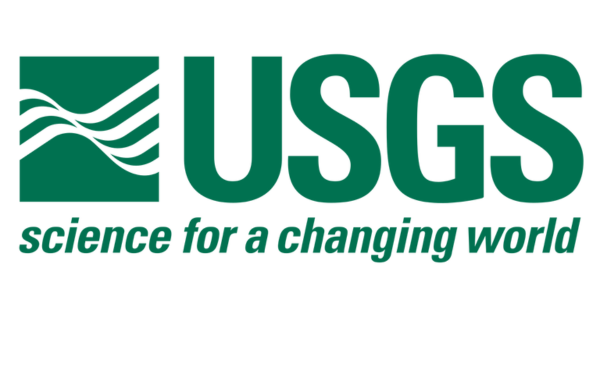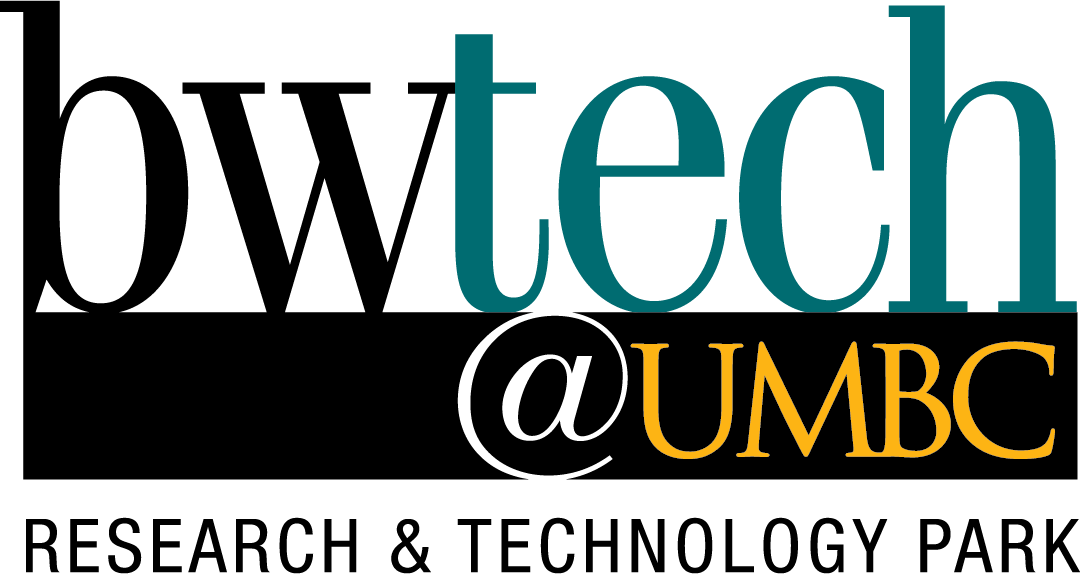
The U.S. Geological Survey (USGS) renewed its contract with bwtech@UMBC for five years to house the USGS Maryland-Delaware-D.C. Water Science Center (WSC). The WSC monitor the ecosystems of the Chesapeake Bay watershed and the health of the region’s water supply, rivers, and streams.
The USGS has been located at the bwtech Research and Technology Park for over 15 years, and has had a long-established research partnership with UMBC’s Department of Geography and Environmental Systems. The partnership provides USGS with access to UMBC students, labs, scientific instruments, and university researchers, and the university benefits from having USGS water science experts nearby to teach classes, work with student interns, and lead field trips.
About The U.S. Geological Survey
The U. S. Geological Survey (USGS) is the nation’s largest natural science agency and has served the U.S. and the world for 126 years. The USGS provides reliable scientific information to describe and understand the Earth; minimize loss of life and property from natural disasters; manage water, biological, energy, and mineral resources; and enhance and protect the nation’s quality of life. The USGS Maryland-Delaware-District of Columbia Water Science Center is one of many regional USGS science centers across the country.
About the USGS Maryland-Delaware-District of Columbia Water Science Center:
The USGS Maryland-Delaware-District of Columbia Water Science Center collects basic data and conducts scientific investigations on the region’s streams, springs, lakes, coastal bays and underground aquifer systems. USGS data on streamflow, ground-water levels, and water chemistry are used to define the quantity and quality of the region’s water resources. Data on water use and consumption are also collected to determine human impact on the resource. Hydrologic research studies use these and other data to understand the vulnerability of water resources to over-use and contamination, and to learn how to preserve the resources in a sustainable manner for aquatic life and future human generations. Most of this work is done in cooperation with other federal, state and local government agencies, universities, and research centers.
